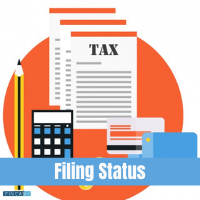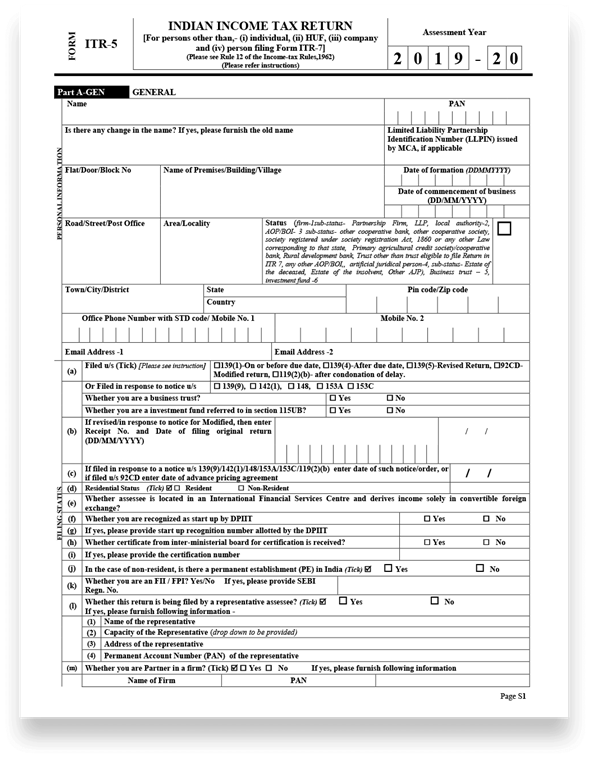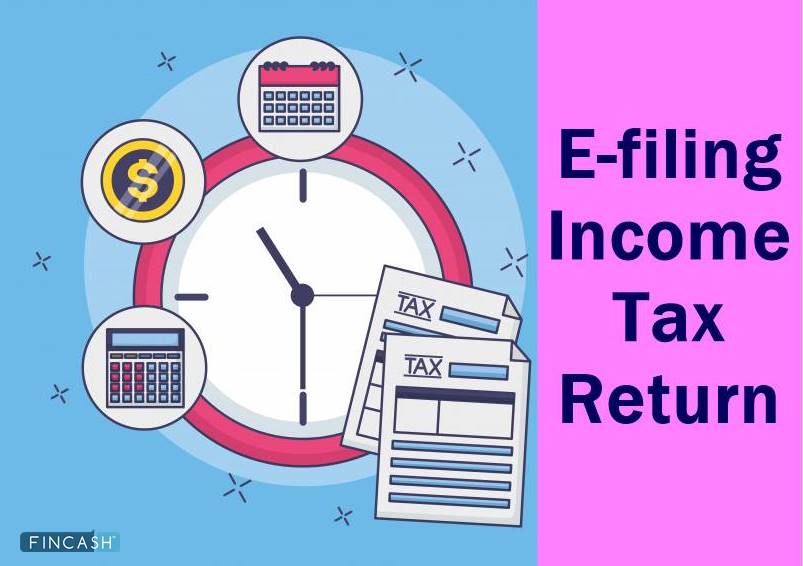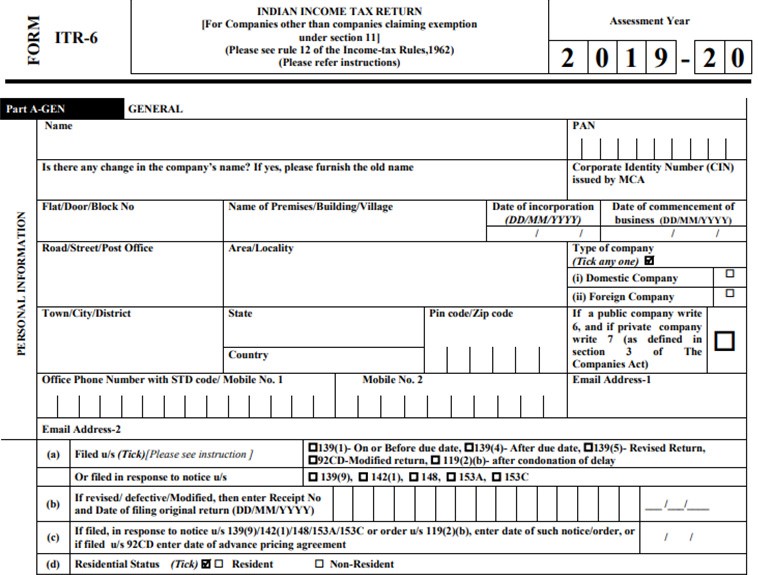
Table of Contents
Filing Status
What is Filing Status?
Filing status is a category that describes the type of Tax Return form a taxpayer should file while filing Taxes. This status is used to determine filing requirements, correct tax and standard Deduction. If more than one filing status is applicable to an applicant, there will be an interview process conducted, which will decide to levy tax with the lowest amount.

Filing status is an extremely important category in an individual’s tax bracket. It is closely related to the marital status of a person. Therefore, a filing status is determined by marital status. It involves -
- Filing the number of children an individual has
- Occupation
It is important to record details honestly. Incorrect details will be considered fraudulent in nature and attract a penalty.
For the purpose of federal Income, a taxpayer falls into one of the five categories as mentioned below:
- Single Filer
- Married Filing Jointly
- Married Filing Separately
- Head of Household
- Qualifying Widow(er) with Dependent Children
1. Single Filer
A single filer is an individual who is a taxpayer, but is unmarried, divorced, legally registered domestic partner or a legally separated partner according to state law. Remember, that the head of a household or a widow(er) does not fall under this category. Single filers have lower income limits.
2. Married Filing Jointly
A married individual can file tax with a spouse by the end of the tax year. When filing jointly a couple has to file their income, exemptions and deduction on the same tax return. A joint tax return will provide for a bigger Tax Refund or a low Tax Liability.
However, this option is good if one of the two spouses has a good income. If both spouses work and the income is large and unequal, it would be highly recommended to file separately.
Talk to our investment specialist
3. Married Filing Separately
This filing status is chosen by individuals who are married and wish to record their income, exemptions and deductions separately. This option is good for a couple who find that their income combined causes them to fall into a higher tax bracket.
4. Head of Household
The head of the household taxpayer is the one who is single or unmarried and pays at least 50% of the costs of supporting the household and lives of other family members. These taxpayers are the ones who provide support for more than half of the year in a specified tax year.
This means the taxpayer should be the one who has paid more than half of the total household bills including rent, mortgage, utility bills, property taxes, insurance, groceries, repairs and other expenses. The taxpayers under this category benefit from a lower Tax Rate.
5. Qualifying Widow(er) with Dependent Child
Under this filing status, an individual can file as a joint spouse. After two years following the spouse’s death, the individual can file as a qualifying widow or widower. The tax bracket and the income Range for a widow or a widower are the same as that for married filing jointly.
All efforts have been made to ensure the information provided here is accurate. However, no guarantees are made regarding correctness of data. Please verify with scheme information document before making any investment.












